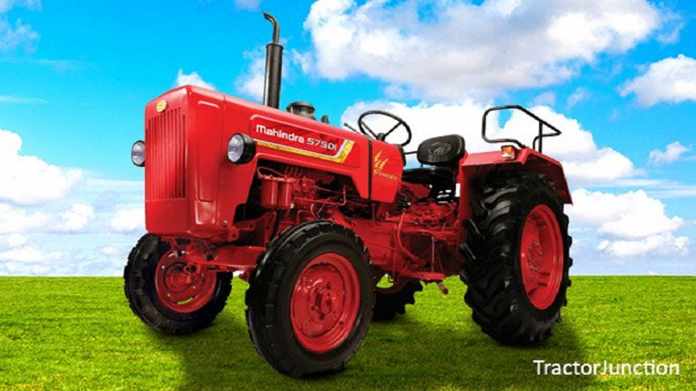Cardamom is a highly popular spice in India and worldwide, known for its unique flavour and aroma. As it is an expensive spice on the market, making it a potentially profitable crop for farmers in India.
This blog post will explore the various aspects of cardamom farming, including the best practices for growing, harvesting, and selling cardamom, as well as tips for maximising profits in the cardamom market.
Whether you’re a seasoned farmer or just starting, this guide will provide valuable information for anyone looking to profit from cardamom farming in India.
Table of Contents
Choosing the right variety
Choosing the right variety of cardamom is an important first step for farmers looking to profit from cardamom farming. Farmers grow several types of cardamom in India, each with unique characteristics.
The most commonly grown varieties are Malabar and Mysore. Malabar cardamom has large, bold-flavoured pods. In contrast, Mysore cardamom is smaller and has more delicate pods. Another variety, Idukki, is another variety that can generate a high yield and oil content.
Additionally, farmers can grow the hybrid variety called “Vazhuka”, known for its high yield and disease resistance. Farmers must consider the local climate, soil and water availability before choosing the type to grow. It is also important to research the market demand for different varieties and to seek advice from experienced cardamom farmers in the area.
Soil Preparation
Preparing the soil and planting are crucial steps for a successful cardamom crop. Proper soil preparation is necessary to ensure that the ground has the right pH level and nutrient content to support the growth of cardamom.
Soil testing and fertilisation can help support this growth. Next, cardamom grows well in well-shaded areas with well-fertilised soil. Choosing the right time for planting is also important, considering the local climate and weather conditions. Tilling is the next step. Farmers can choose to do it by hand or with the help of tillers mounted on tractors. Some tractors ideal for tillage are very affordable. For example, the Mahindra 575 Price is easily affordable, even by marginal farmers.
Irrigation is also important to ensure that the crop receives the right amount of water at the right time.
Crop Care
Caring for the crop is an ongoing process that requires regular maintenance. In addition, cardamom is vulnerable to pests and diseases, so farmers must be vigilant and take steps to control them.
This can include pesticides, other chemical treatments, and natural methods such as companion planting. Pruning is also important for maintaining the health of the cardamom plants, as it helps to improve air circulation and light penetration.
Regular fertilisation is also essential to ensure that the plants receive the nutrients they need to grow and produce high-quality cardamom.
Harvest
Harvesting and post-harvest management are critical to ensuring that the cardamom is high-quality and fetch a good price. Cardamom is a delicate crop that requires careful handling during the harvesting and post-harvest stages.
The timing of harvest is important. The ideal time to harvest cardamom is when the pods are mature but not overripe. The best time to reap cardamom is when the capsules turn yellow or brown. If the capsules are harvested when they are green, they will not be mature and will not produce good-quality cardamom. If the capsules are harvested when they are overripe, they will be dry and will not be of good quality.
Proper storage is important to prevent damage to the cardamom pods. Cardamom is a delicate crop susceptible to damage from moisture, heat, and pests. Therefore, the pods should be stored in a dry, cool, and well-ventilated place to prevent damage. Keep the pods away from direct sunlight and protect them from pests.
In addition to proper harvesting and post-harvest management, it is also important to use good agricultural practices to produce high-quality cardamom. This includes using the right soil type, providing adequate water and nutrients, and controlling pests and diseases. By following these practices, farmers can produce high-quality cardamom that fetches a good price in the market.
Harvest can be done optimally through mounting implements on tractors like the Mahindra 575. These tractors help your harvest happen faster and more cost-efficiently.
Marketing and Pricing
Marketing and pricing are key to maximising profits from cardamom farming. Cardamom is a high-value crop, but it can take time to get the best price.
Hence, this is where having a good understanding of the market and the demand for different varieties of cardamom comes in handy.
Farmers should also be prepared to negotiate with buyers and work to establish long-term relationships with buyers.
Conclusion
In Conclusion, Challenges and opportunities are an inevitable part of cardamom farming. Cardamom farming can be challenging, but farmers also have many opportunities to profit from this crop. Some common challenges cardamom farmers face include pest and disease control, poor soil quality, and lack of market access. However, with the right knowledge, resources, and strategies, farmers can overcome these challenges and take advantage of opportunities in the cardamom market.












